Expert Guide to Sliding Glass Door Installation for Energy Efficiency in Your Home
In today's pursuit of energy efficiency, homeowners are increasingly turning to sliding glass door installation as a viable solution to enhance their living spaces while reducing energy costs. According to the Department of Energy, properly installed sliding glass doors can lead to energy savings of up to 30% by maximizing natural light and minimizing the reliance on artificial lighting. Moreover, Energy Star reports that replacing old, inefficient doors can significantly decrease heating and cooling costs, making them an essential upgrade for any energy-conscious homeowner. With advancements in glazing technology and frame materials, modern sliding glass doors not only improve energy efficiency but also add aesthetic appeal and accessibility. This expert guide seeks to illuminate the best practices for sliding glass door installation, helping you make informed decisions and optimize your home’s energy performance.

Choosing the Right Sliding Glass Door for Optimal Energy Efficiency
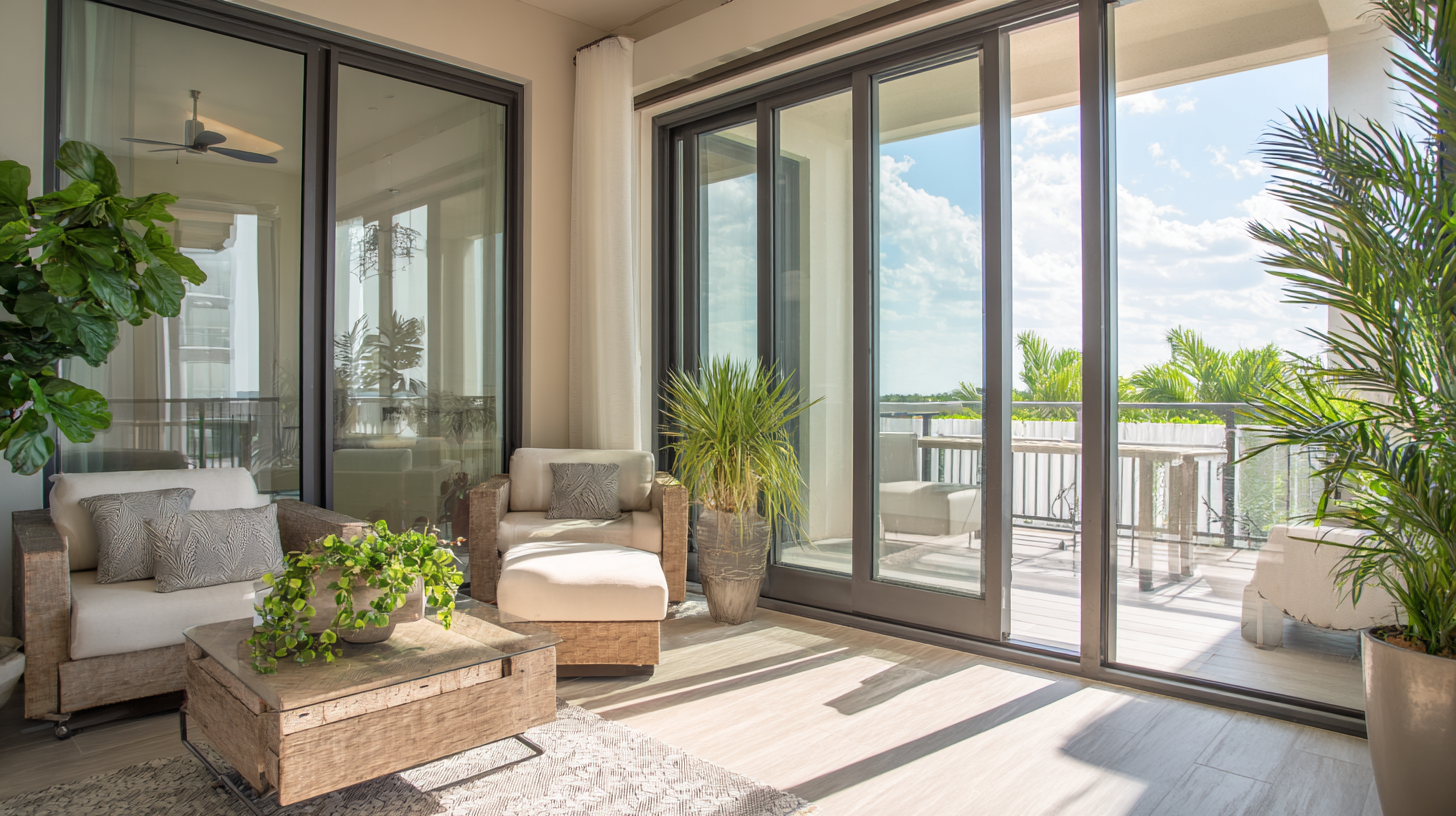 Choosing the right sliding glass door
is crucial for enhancing the energy efficiency of your home. According to the U.S. Department of Energy,
up to 30% of a home’s heating and cooling energy can be lost through inefficient windows and doors.
When selecting a sliding glass door, it is essential to look for models that feature double or triple glazing, which
can significantly reduce heat transfer. According to the National Fenestration Rating Council (NFRC), doors
with a lower U-factor, ideally below 0.30, are more effective at insulating your home.
Choosing the right sliding glass door
is crucial for enhancing the energy efficiency of your home. According to the U.S. Department of Energy,
up to 30% of a home’s heating and cooling energy can be lost through inefficient windows and doors.
When selecting a sliding glass door, it is essential to look for models that feature double or triple glazing, which
can significantly reduce heat transfer. According to the National Fenestration Rating Council (NFRC), doors
with a lower U-factor, ideally below 0.30, are more effective at insulating your home.
In addition to glazing, consider the frame material of your sliding glass door.
Vinyl frames, for instance, are known for their excellent thermal performance,
while aluminum frames can significantly increase heat loss unless they are thermally broken. Furthermore,
Energy Star-rated sliding glass doors can yield an energy savings of up to
12% annually, contributing to reduced utility bills and a smaller carbon footprint.
By prioritizing doors that boast high-quality insulation and
energy efficiency ratings, homeowners can make informed choices that benefit both their comfort and the environment.
Preparing Your Home for Sliding Glass Door Installation
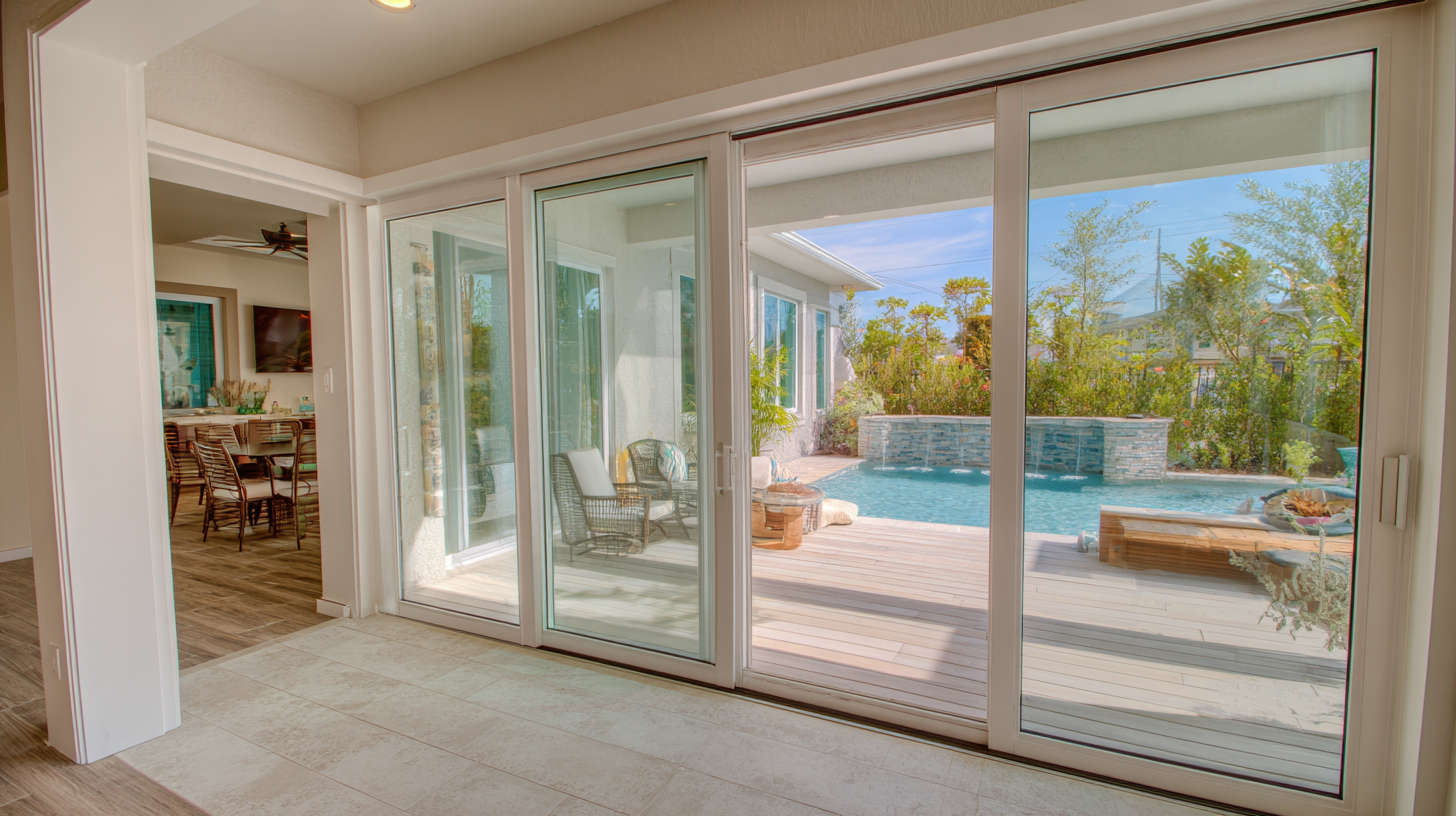 Preparing your home for sliding glass door installation is crucial for maximizing energy efficiency. According to the U.S. Department of Energy, up to 30% of a home's heating and cooling energy can be lost through inefficient windows and doors. Therefore, ensuring that your home is ready for this upgrade can significantly impact your energy bills and comfort levels. Start by assessing the existing doorframe for any damage or irregularities. A level and intact frame is essential for the proper installation of the new door, helping to create a tight seal that minimizes drafts.
Preparing your home for sliding glass door installation is crucial for maximizing energy efficiency. According to the U.S. Department of Energy, up to 30% of a home's heating and cooling energy can be lost through inefficient windows and doors. Therefore, ensuring that your home is ready for this upgrade can significantly impact your energy bills and comfort levels. Start by assessing the existing doorframe for any damage or irregularities. A level and intact frame is essential for the proper installation of the new door, helping to create a tight seal that minimizes drafts.
Next, consider the insulation around the door area. Poor insulation can negate the benefits of installing an energy-efficient sliding glass door. The Efficient Windows Collaborative reports that modern sliding glass doors can significantly lower energy consumption when properly insulated and installed. Ensure that any old insulation is replaced and that the surrounding areas are sealed to provide maximum efficiency. Additionally, removing any obstructions or debris near the installation site will facilitate a smoother process while maintaining a clean working environment for your installer. Taking these preparatory steps can lead to improved energy savings and enhanced comfort in your home.
Step-by-Step Installation Process for Sliding Glass Doors
When installing sliding glass doors, it's essential to follow a structured, step-by-step process to maximize energy efficiency. According to the U.S. Department of Energy, properly installed doors can reduce heating and cooling costs by up to 10% annually, making it important to pay close attention to every detail during the installation. Begin by measuring the opening accurately to ensure a tight seal and prevent air leaks. A door frame that fits well will not only improve insulation but also enhance the longevity of the installation.
Next, select energy-efficient sliding glass doors that meet ENERGY STAR® standards, which can contribute to significant energy savings. Research shows that homeowners can save between $200 to $500 per year on energy bills by using these doors. After selecting the doors, ensure that the installation area is properly prepared, including leveling the base and applying weatherstripping.
Sealing all gaps during installation will further enhance efficiency, ensuring that your home remains comfortable throughout the year while minimizing energy waste. By following this systematic process, you can achieve both aesthetic appeal and improved energy performance in your home.
Sealing and Insulating Techniques to Enhance Energy Efficiency
When it comes to sliding glass door installation, ensuring energy efficiency is paramount. Proper sealing and insulation can significantly reduce energy loss, leading to lower heating and cooling costs. According to the U.S. Department of Energy, windows and doors can account for up to 30% of a home’s heating and cooling energy use. Therefore, focusing on these areas during installation can have a substantial impact on your energy bills.
One effective technique for enhancing energy efficiency is to utilize high-quality weatherstripping. This method not only helps maintain the temperature within your home but also prevents drafts. Additionally, applying a layer of insulating film can further reduce heat transfer through the glass, improving overall comfort. Research by the National Renewable Energy Laboratory indicates that upgrading to energy-efficient sliding doors can save homeowners between $125 to $450 per year in energy costs, highlighting the importance of proper installation techniques.
Tips for better sealing include regularly inspecting the weatherstripping for any wear or gaps, applying caulk to interior and exterior frames, and choosing sliding doors with low U-factor ratings for optimal insulation. Implementing these techniques will not only enhance your home’s energy efficiency but also contribute to a more sustainable living environment.
Energy Efficiency Impact of Sliding Glass Door Installation
Maintenance Tips to Ensure Long-Term Energy Performance of Sliding Doors
Maintaining sliding glass doors not only enhances their durability but also ensures optimal energy performance. According to the Department of Energy, properly maintained sliding doors can contribute to significant energy savings, reducing heating and cooling costs by up to 30%. Regular inspection and maintenance of seals and weather stripping are essential to prevent air leaks, which can undermine energy efficiency.
**Tips for Maintenance:** Inspect weather stripping at least twice a year. If you notice any wear or gaps, replace them promptly to avoid drafts. Additionally, clean the tracks regularly to ensure smooth operation, as dirt and debris can hinder proper sealing and promote energy loss.
Another important aspect of maintenance is checking the alignment of the door. Misaligned doors can cause gaps, which lead to air infiltration. Aligning your sliding doors can be done by adjusting the rollers. According to a study by the Glass Association of North America, a well-aligned sliding door can reduce energy loss by nearly 15%.
By prioritizing these maintenance tasks, homeowners can maximize the energy efficiency of their sliding glass doors while extending their lifespan.
Expert Guide to Sliding Glass Door Installation for Energy Efficiency in Your Home
| Installation Step | Materials Needed | Energy Efficiency Benefits | Maintenance Tips |
|---|---|---|---|
| Measure Opening | Tape measure, level | Ensures proper fit for energy-efficient seal | Check measurements twice before purchasing |
| Prepare the Frame | Screwdriver, nails, shims | Strengthens installation for better air sealing | Inspect frame for damage before installation |
| Install Weather Stripping | Weather strips, adhesive | Minimizes air drafts and energy loss | Replace worn weather stripping annually |
| Install Sliding Door | Sliding door, screws | Provides seamless access while maintaining insulation | Regularly clean tracks to ensure smooth operation |
| Final Adjustments | Level tool, screwdriver | Ensures optimal sealing for energy performance | Perform seasonal checks and adjustments |
Related Posts
-

Essential Guide to Sliding Glass Door Replacement: Enhancing Your Home's Aesthetics and Security
-
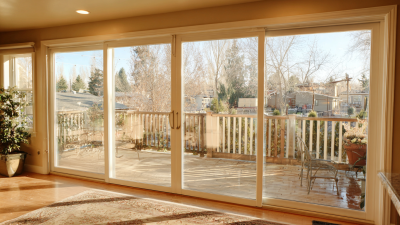
The Ultimate Guide to Choosing the Right Sliding Glass Door Replacement for Your Home
-

Maximizing Energy Efficiency: How Aluminium Sliding Doors Can Cut Your Utility Bills by 30%
-

The Ultimate Guide to Choosing the Perfect Sliding Back Door for Your Home
-
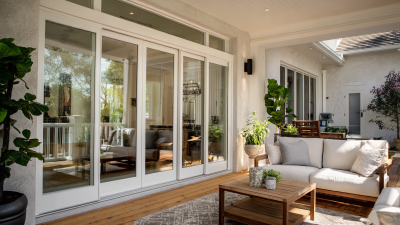
Transform Your Home’s Aesthetics: The Benefits of Installing Exterior Sliding Glass Doors for Natural Light and Energy Efficiency
-
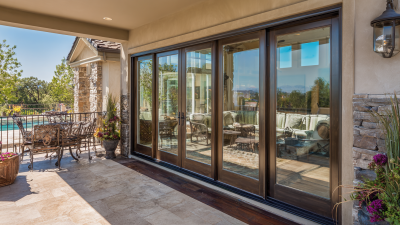
Transform Your Outdoor Space: The Ultimate Guide to Choosing Glass Patio Doors

